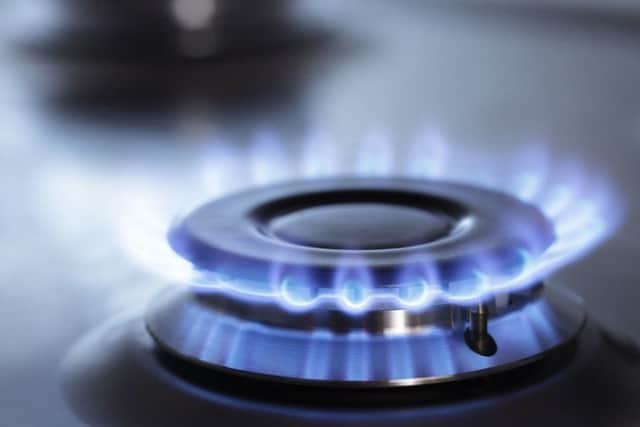Energy bills fall by up to 11 per cent compared with last year


New analysis of energy tariffs has shown British bills have fallen by as much as 11 per cent in the last 12 months – depending on where you live.
The data, released by price comparison website MoneySuperMarket this week, highlights a downward trend in average energy prices over the past year.
Advertisement
Hide AdAdvertisement
Hide AdThe average cheapest dual fuel tariff available in the first quarter of 2018 fell almost £50 from the same period in 2017 – dropping from £923 to £874.
The price comparison site’s Energy Price Index analysed millions of customer quotes and more than six years of energy market data to understand what is influencing gas and electricity costs.
Regional variations
The data shows that prices have fallen across all regions in the UK in the past 12 months, most noticeably in the South East where the cost of the average cheapest tariff has dropped 11 per cent, from £961 to £858 – a difference of £103.
Average cheapest dual fuel price quote:
Region Mar-17 Mar-18 £ change % change
South East £961 £858 -£103 -11%
East Midlands £925 £863 -£62 -7%
Yorkshire and the Humber has replaced the West Midlands as the most expensive region for energy, with the cheapest annual bill now standing at £902.
Advertisement
Hide AdAdvertisement
Hide AdThis is followed closely by the North West (£889), West Midlands (£884), Wales (£882) and the East (£878). The South West claims the title for the cheapest region for energy with bills falling two per cent, from £855 to £841.
Winners and losers in 2018
As well as significant yearly price fluctuations, some regions in the UK have seen noticeable price changes in the first three months of 2018. Prices for those in the South East dropped five per cent between Q4 (Oct-Dec) 2017 and Q1 (Jan-March) 2018, from £904.77 to £859.53, whereas those in the North East (two per cent), London (one per cent), Yorkshire (one per cent) and the East (one per cent) all rose.
On average, prices have risen one per cent (£8) in 2018.
Stephen Murray, energy expert at MoneySuperMarket, commented: “It’s always interesting to see how energy prices vary from region to region and year to year. The Big Six energy companies attribute the differences to how they buy energy, distribution costs and how many customers are based in each region. However, in addition we frequently see companies pushing prices up in one region to allow them to lower it in another and keep the “average” bill size the same. “Customers can’t control prices set by the energy suppliers, but they can make sure they’re on the best tariff their household needs. If you haven’t shopped around in a while, it’s likely you’re paying far more than you should be for energy. Switching energy suppliers is simple, it only takes five minutes and our research has shown that the average household can save £250 or more.”